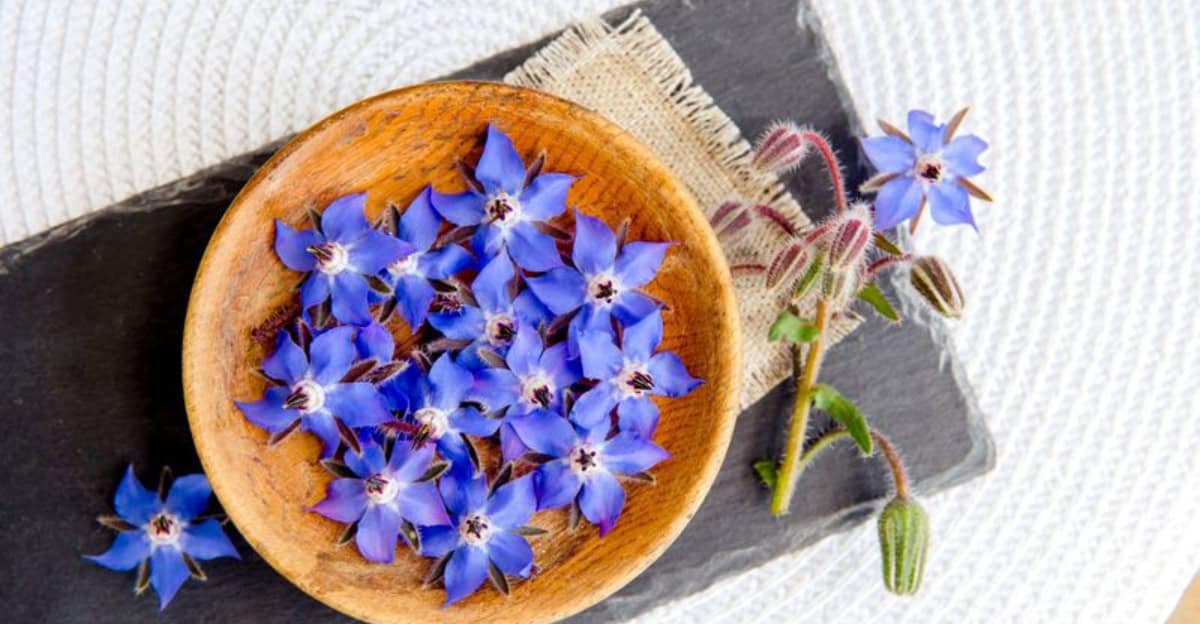Borage, a resilient and versatile herb, is perfect for novice gardeners.
Its star-shaped flowers and cucumber-flavored leaves make it a delightful addition to any garden.
This guide presents 10 invaluable tips for cultivating borage, ensuring lush growth and vibrant blooms.
1. Select the Right Location

Consider borage’s love for sunlight when planning your garden. Choose a spot that receives at least 6 hours of direct sunlight daily.
Ensure the soil is well-drained to prevent root rot. Incorporate organic matter to enrich the soil.
2. Understand Watering Needs
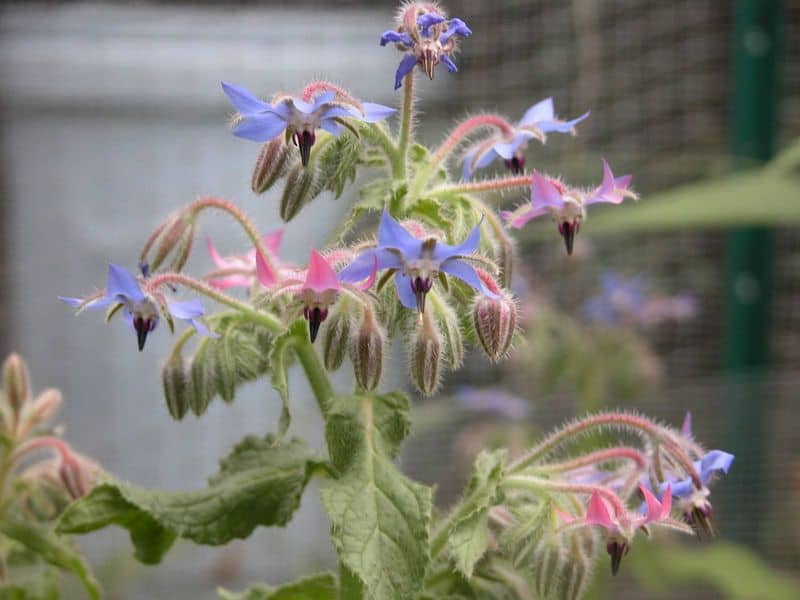
While borage is drought-tolerant, regular watering encourages optimal growth. Water the plants deeply once a week, allowing the soil to dry slightly between waterings.
Avoid waterlogged conditions as they can harm the roots. Be patient when it comes to watering.
3. Space Plants Wisely
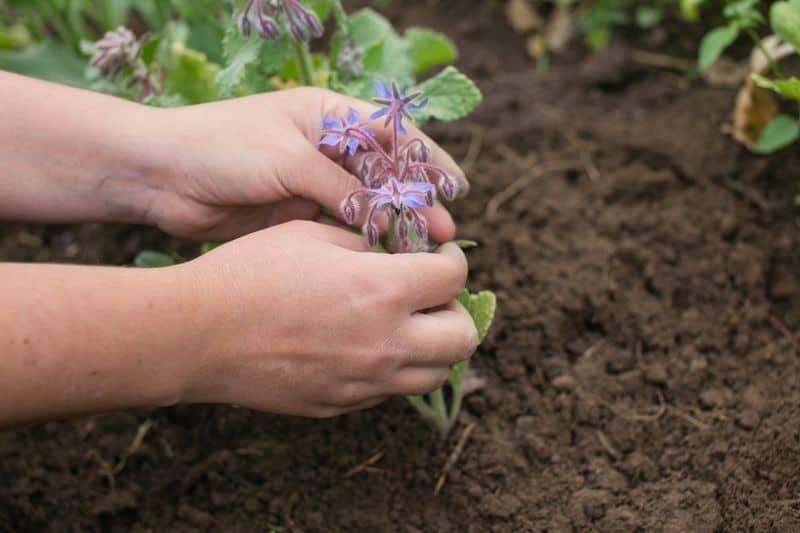
Proper spacing is essential for healthy borage growth. Space the plants 12 to 18 inches apart to allow air circulation and prevent disease.
This spacing also accommodates their bushy nature, promoting vigorous blooms.
4. Companion Planting Benefits
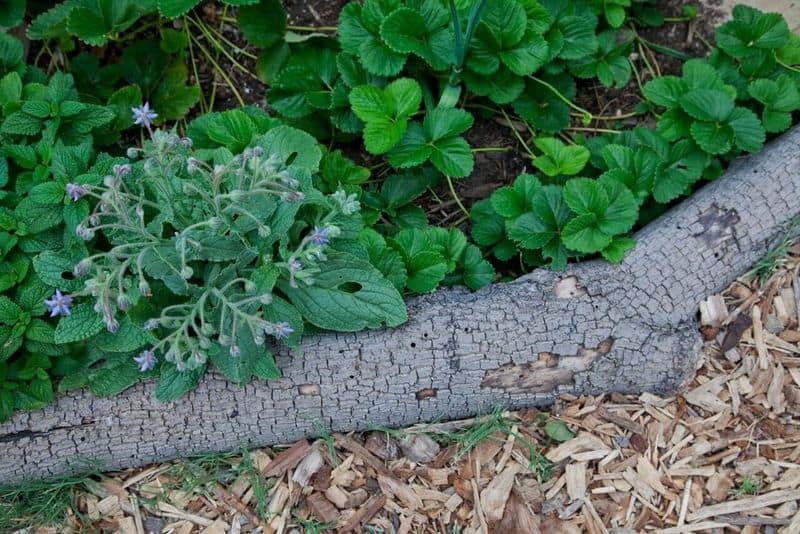
Borage makes an excellent companion plant. Its presence attracts beneficial insects like bees, enhancing pollination for nearby plants.
Pair it with tomatoes or strawberries for mutual benefits. This symbiotic relationship boosts plant health and yield.
5. Manage Pests Naturally

Pests can occasionally trouble borage, but natural solutions exist. Encourage predators like ladybugs to keep aphids in check.
Neem oil is another eco-friendly option to deter unwanted pests. Regular monitoring keeps your plants healthy.
6. Harvesting Tips
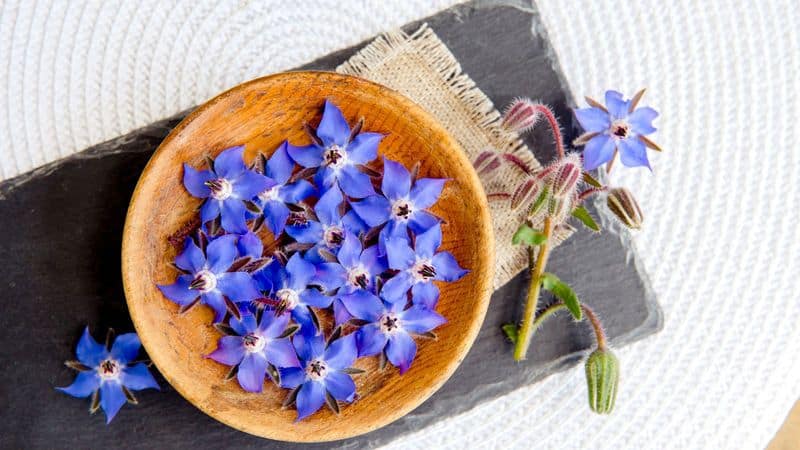
Harvesting borage is an ongoing process. Snip young leaves and flowers just above a leaf joint to encourage new growth.
Regular harvesting also prevents the plants from becoming too leggy, ensuring a steady supply of fresh borage.
7. Soil Preparation

Prepare the soil well before planting borage. Amend it with compost to improve fertility and drainage.
Borage thrives in slightly acidic to neutral soil, so adjust pH levels if necessary. This groundwork sets the stage for robust growth.
8. Mindful Fertilization
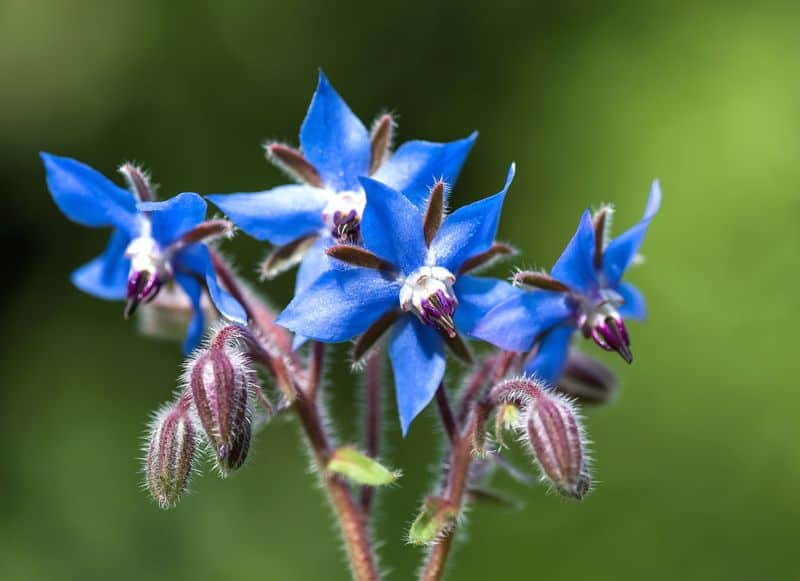
Borage doesn’t require heavy feeding, but a boost helps. Apply a balanced organic fertilizer once or twice during the growing season.
This supports flowering and leaf production. Avoid over-fertilization, which can lead to excessive foliage.
9. Understanding Growth Cycle
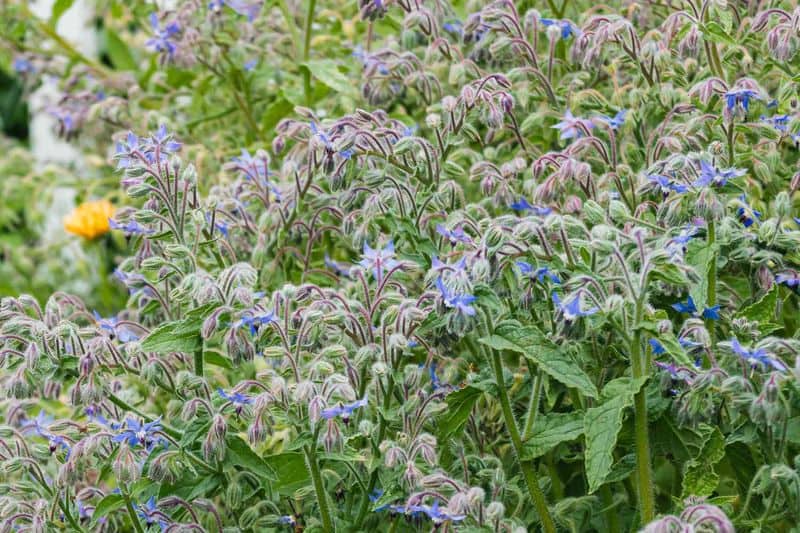
Borage is an annual herb, completing its life cycle in one season. Sow seeds in spring after the last frost.
Understanding its growth stages helps in planning successive plantings for continuous harvests. Knowledge of its cycle is key.
10. Sow Seeds Correctly

Sow borage seeds directly in the garden bed after frost danger passes. Plant seeds about half an inch deep and water gently.
Thin seedlings to prevent overcrowding. This straightforward approach ensures healthy, vigorous plants.

